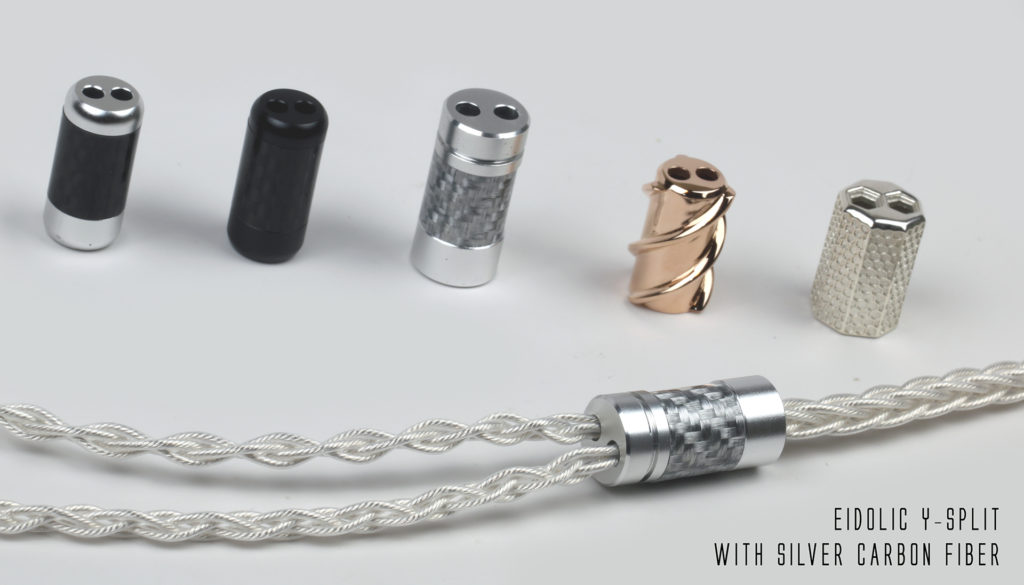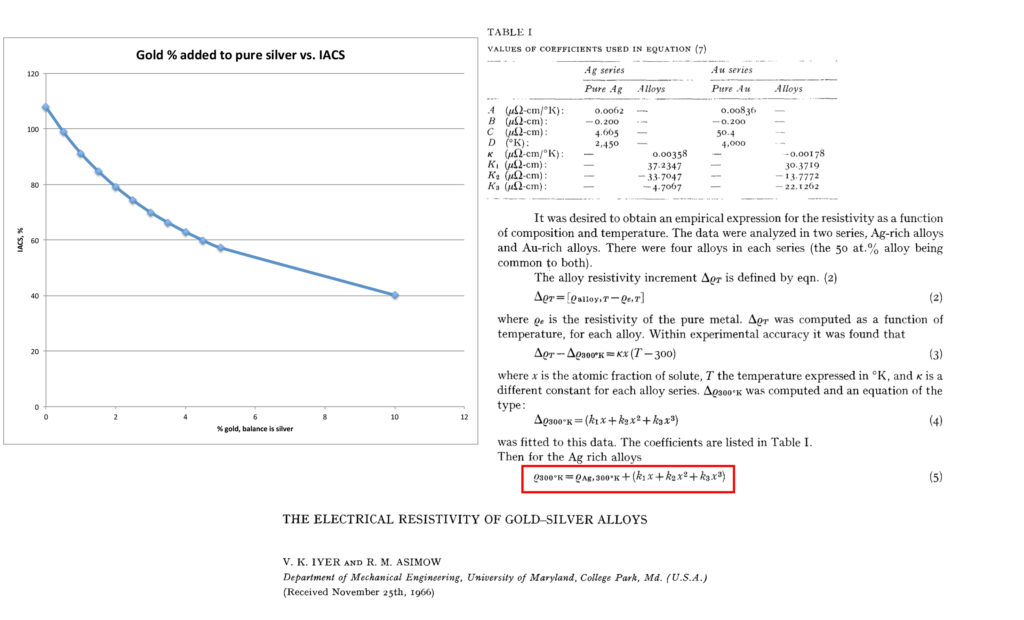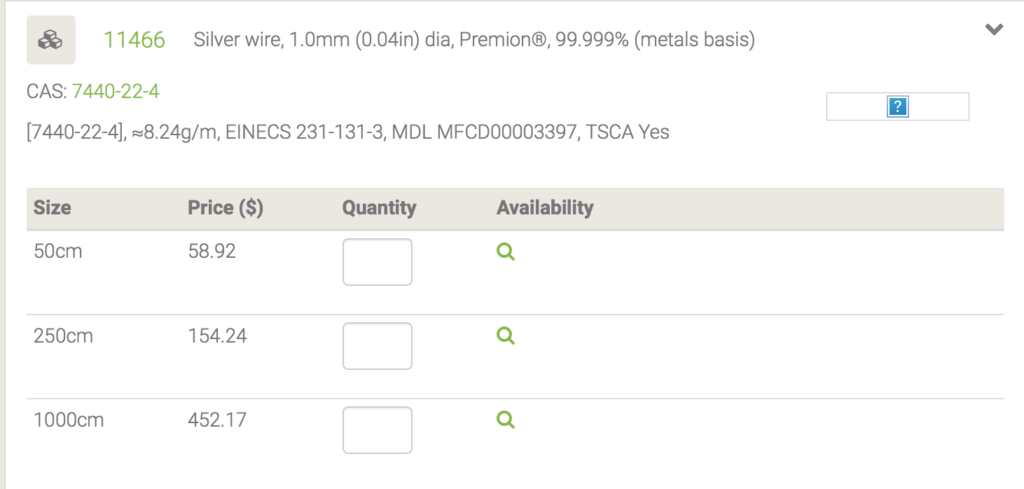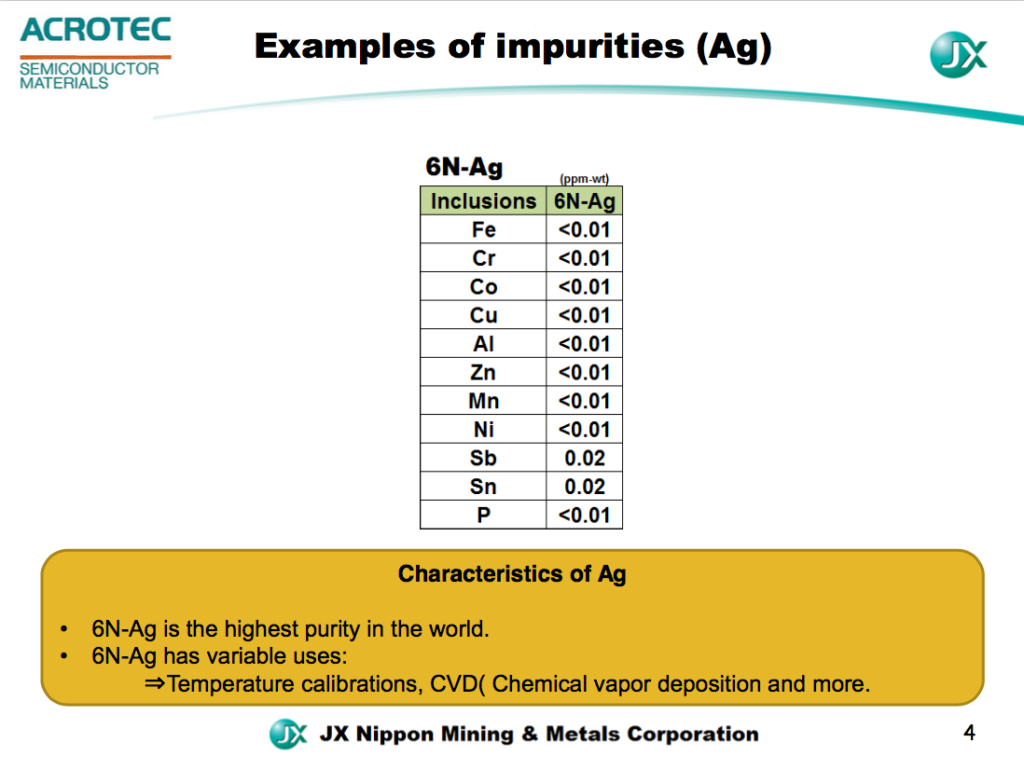FAQ
Color may vary from photos and availability of finishes not guaranteed. We will do our best to match the requested cable styling.
1) Which cable should I purchase?
If you’re looking to purchase cables for your system, the easiest way to find the cables you’ll need is to know exactly what specifications you’re looking for – length, headphone type, and amp end (termination). Other options like y-split and sleeving are optional cosmetic considerations.
An audiophile can’t go wrong with any of our cables — they are designed for neutrality and synergy across the board – we don’t specialize our cables for any one purpose except producing high-quality sound with detail and depth.
When it comes to choice of metal, our wires range from silver (“SP”), to fusion (silver/copper), to Peptide copper. Silver’s only weakness is price-point, but it’s also going to provide the most detail. Conversely, our “Peptide” copper will give you the absolute best value.
2) Do you have gold-plated or gold-alloy wires?
While gold has become an increasingly expensive commodity, it has zero functionality in cables as it actually reduces the wires’ conductivity. We do not currently use or plan to ever use gold-plated or alloy wires. Instead, we exclusively use OCC-processed metals for optimal performance (read more below).
3) “Is it in stock?”
At DHC, we build each cable one at a time from scratch to the customer’s specifications. Check the top bar for approximate wait times.
4) Can you do custom orders?
Yes! Every cable is custom made for you. While we may not carry cables for $5, $20, or even $50, we are happy to build you a completely customized cable.
5) What is OCC?
OCC, which stands for Ohno Continuous Casting, is the process we use to build the wire structure. Continuous casting avoids contaminants and other alloys, using only pure metals (i.e. pure silver and pure copper), which allows for optimal conductivity.
Each of our wires are covered by a thin enamel coating, known as “litz,” giving them an added layer of protection.
6) What is your shipping policy?
Shipping rates are listed at checkout. We exclusively use Fedex to avoid lost packages – this is non-negotiable as too many USPS packages have gone missing.
7) What is your return policy? What about refunds?
Tired of waiting in line?
Cancel your pending order anytime. No problem to change most orders to a different configuration, preferably before the cable is done being assembled. We can convert your order to store credit if you need something different or the cable is the wrong fit for the system. All sales are final. Paypal/card transaction fees are non-refundable so any transactions refunded voluntarily for the customer incur a 4% charge. For example, we only receive $96 on a $100 sale after transaction fees, and the $4 cannot be recovered — the refund would be $96. If an adapter sold for $100 is immediately refunded because “it’s not needed” then that is simply -$4 for the day for us; for a $1000 cable multiply by ten — the only winner here is the card processing company. So if a transaction is refunded for any reason other than a mistake made on our end (for example, we charged the wrong price for something), the 4% charge applies. We will err on the side of the customer here if we get something wrong, but not needing an adapter anymore is not grounds for waiving the transaction fee.
For this reason, we recommend keeping all orders as store credit if circumstances change and a cable or adapter is no longer needed.
8) What’s the complete story on gold alloys and other “cutting-edge” cable technology?
What about gold alloy or gold plated cables?

Sorry, not at DHC.
Abstract.
DHC will never use gold alloy or gold plated wires – or any conductor materials besides OCC litz copper and silver – regardless of how fresh or novel they may seem or how expensive gold has been as an commodity. We also condemn the unfounded claims of 7N/8N wires, which are not adequately proven to consumers – they are estimates, guesses, and hopes and are unrealistic – see below for a complete analysis. Remember, if you were already questioning these products, just ask your favorite manufacturer what the scientific explanation is for the superiority of the gold-alloy wire, or a copy of their Gd-MS mass spectrometry trace for their 7N/8N wire. Furthermore, the Japanese refinery Nikko (inventors of true 9N copper, and the only source of such metals), who launched a limited-production 8N copper cable under their Acrolink home audio brand, does not offer a grade of silver beyond 6N – it simply does not exist. So 7N silver is an imaginary specification.
Sellers of these types of wire have tried to ask us to hide these facts, but there’s no changing the laws of nature.
Disclaimer.
Before we get started, it’s important to note that the point of all this is not to assert that we have some huge advantage, only that others do not have the advantage they claim they do. What we want to see is a level playing field where realistic specifications are given for products and science is the top priority rather than glitz and marketing. 5N pure OCC silver litz is as good as it gets in terms of electrical performance, but there will always be claims that someone has cracked the code and found something they think is better or somehow exceeded its specs.
Relationship of wire composition to performance.
Alloys are much less conductive than pure metals, without exception. Any substance added to a pure metal constitutes an impurity, so wire manufacturers go to extreme expense to use copper and silver that has been refined to a minimum of 4N (99.99%+) purity and beyond. Anyone outside of the world of audio would have been baffled when alloys came on the scene in the ’90s as a conductor material marketed to consumers. It is a contradiction in terms to see a “6N” or “7N” wire that has something added to it. If a silver wire is alloyed with at least 1% gold, for example, the result is a “1N” cable: at most 98.999% pure. The negative effect of alloying gold with silver is exponential: adding just 1% gold lowers silver’s conductivity from 108% to approximately 90%, and 5% gold actually lowers conductivity to closer to 60%, approaching that of brasses, bronzes, and steel. If you were to add 10% gold, you’ve created a “0N” cable – meaning it’s 89.99% pure or less, not even in the 90s.
The reasoning behind the use of gold, its marketing, and its reception.
So why are so many cables being sold with gold plating or gold alloying? It’s for the same reason that fashion lines, college textbooks, and cars have the slate wiped clean almost every year – so that there’s something new to sell or upsell. The product doesn’t have to necessarily be better, it just has to be something new, marketed as being beyond silver. However, try as they might, scientists have not found a metal more conductive than silver. If and when they do, DHC will be sure to make use of it, but the periodic table puts hard limits on this possibility.
One might ask ‘Why are there so many “satisfied” customers for the gold-containing cables?’ Simply compare our cables with silver/gold alloy cables and you decide. If a gold-containing cable is your first cable or you’ve never made a direct comparison, then you have no way of judging the difference.
Sound performance.
It may also be a matter of neutrality – some audiophiles simply want a cable that offers something that is different . Gold-containing cables are frequently described as “warm” or “liquid” or “smooth,” their owners well aware that their neutrality is in question. Pure metals have long been the material of choice across all industries – intentionally shackling a wire with a less conductive formula is the customer’s attempt to compensate for an earphone or a system that the listener does not truly enjoy in its true form. Audiophiles have historically made choices that defy logic, including using interconnects that turned the audio electrical signal into a fiber optic signal and back again at each end, causing monstrous distortion, and yet some of them gave these cables positive reviews. The excitement of having the latest novelty is sometimes more entertaining than a cable that is actually functioning as intended.
Summary of the literature.
We have not come to these conclusions lightly – we are not looking for an advantage with which to sell our own cables, rather we are seeking a level playing field, and we have no reason to try to push fellow audiophiles to a material “beyond” pure OCC silver and OCC copper. DHC has spent more than 5 years reading hundreds of journal articles, going through handbooks and textbooks, and even posing the above concerns to Dr. Allen, head of materials engineering at MIT. No research studies have made any connection between wire alloys and any potential audio-related benefits – the few handbooks with relevant data simply show that the alloys lose thermal and electrical conductivity as they take on more gold. Dr. Allen’s understanding concerning these alloys is that the notion of gold filling in cracks in a silver wire is “Un-scientific and simplistic…Silver and gold are completely miscible; they form a nearly ideal solid solution…” – in other words, gold atoms simply substitute for silver atoms, rather than taking a functional, interstitial role like the carbon atoms that help turn iron into a steel alloy. His verdict: “It might just be a marketing gimmick.”
Burden of proof.
A final consideration – it’s never guaranteed that a gold alloy cable even contains gold. This is because alloyed wires still look exactly like silver wires, forcing the buyer to take the seller (who in turn must take his factory) at their word. Depressingly, having no gold in the wire might be the best-case scenario, but you are still choosing a brand and possibly paying extra for their cable on faith.
Conclusions.
Instead of being trolled by gold and paying an unnecessary premium, get the best – DHC Molecule Elite for home & portable headphone cables, DHC Complement4 Silver for flagship home headphones, and DHC Symbiote SP for IEMs. Or, stick with your stock cable. Nine times out of ten, it’d be more conductive than a gold-containing cable.

The other extreme.
It is a popular game over the past 20 years for manufacturers to claim ever-increasing purity levels for their wire. 5N led to 6N, 7N, and even a few claims of 8N. These claims all have one thing in common – they are never proven by the manufacturer. They are simply lip service and a suggestion of the wire’s purity, although the marketing may state aggressively that the wire is truly 99.999999% pure silver or copper. Of course, if the wire contains gold, then this claim is already out the window, but we already covered that. If you try and source your own wire, you will see another commonality: no manufacturer will sell you wire beyond 5N/6N. Discussing this matter at length with China’s biggest copper refinery, which serves a vast clientele billions in metals per year, we were told that 7N/8N does not truly exist at production scale. In other words, they can create tiny quantities in a lab, but never enough for commercial purposes, not in the quantities that cable resellers are pushing product. Wire of 7N/8N purity for the starting copper stock becomes immediately contaminated in the early steps of manufacturing, so nobody has ever broken down a “8N” cable and actually tested that, not even the two or three places claiming 8N. Anyone claiming to have 7N+ is simply being lied to by their manufacturer, or offering a best case scenario to consumers.
A well-known manufacturer of OCC wire is the source of the claim, but has only ever promised us a 5N starting stock, saying that they were unable to guarantee 6N after 2010. They still list in various places “up to 7N” or “reaching 7N” and sellers are simply repeating this claim.

Here is an SGS purity report showing the actual measured purity of their wire, which is guaranteed at 99.99% but is inconclusive as to whether it’s more than that. If the largest OCC manufacturer only claims 5N to its clients, you can guess where the 7N claim comes from – the hopes and imagination of the clients themselves, not any hard proof.

A further proof of this phenomenon is the chemical materials supplier Alfa Aesar. If you visit www.alfa.com just do a search for “silver wire” or “copper wire” and you will only find 5N silver and 6N copper. The 6N copper is roughly as expensive as high grade silver, and is not likely to be found in reasonably priced cables. If the world’s scientists do not have open access to shop 7N wires, why would audio cable manufacturers have this technology?
The truly pure 5N silver sold below is $450 per meter for a 20awg wire, so it would cost me nearly $12,000 to make you a headphone cable from this. This is probably the only silver cable on the planet that is rigorously proven to be what it claims to be – how many audio cables are held to this standard? We cable builders do our best to obtain the most pure silver possible, but when it comes to extreme claims like 7N, enough is enough. To make this cable would likely cost six figures if it were truly proven to be 8N.

Still don’t believe us? Well, let’s just go from the words of Acrotec/Nikko metals, the only refinery that offers 9N copper. They sell Acrolink cables under their Acrolink name. This is a newly developed product, sold in tiny cubes, costing astronomical amounts of money per gram, much more precious than gold. They literally do not offer a 7N silver product – so if someone claims 7N silver, they are wrong. Here is their catalog page – for each metal, they have different purity limits, and for silver, 6N is their limit.

Other stuff we steer clear of.
“Vintage” or “new old stock” wires. There are no clear advantages to old wires, wires are not wine or cheese. The only thing that happens over time is that they may oxidize and degrade. Best case scenario is that the wires are the same, and there are no “NOS” OCC litz wires, so we have no interest in anything other than freshly manufactured materials. The best advancements in wire have taken place over the last 20 years as far as purity & casting goes. So a vintage wire is hardly a bragging right.
Air tubes. There are few finely stranded wires in air tubes just because of logistical reasons. In any case, we believe in having a firm dielectric around strands prevents them from flopping around & vibrating, and gives them proper support and strain relief.
Magic boxes (AKA filter networks and passive components). Simply put, the audio signal is the audio signal and it can’t be lossless if you run it through extra capacitors, inductors, and resistors. At best these contrivances are a form of hardware equalization and they can add a large amount of resistance to the audio signal. This could potentially shift the character of a low-impedance headphone substantially.
Carbon nanotubes. This is a new and cutting edge material that will probably not be used in a mainstream role for electrical conductors for 50+ years, if ever. It can be purchased as a powder, but showering it on wire strands and claiming it increases conductivity is laughable. Although it’s a powerful conductor on an atom-by-atom basis, it’s yet to be proven in any other capacity, it’s manufactured in relatively tiny amounts, and it’s prohibitively expensive. You would have to fuse together tens of thousands, if not hundreds of thousands of dollars worth of the nanotube material into a usable wire form to get a conductor that outperforms a silver wire.
